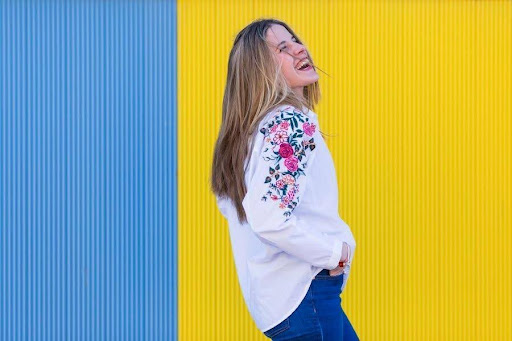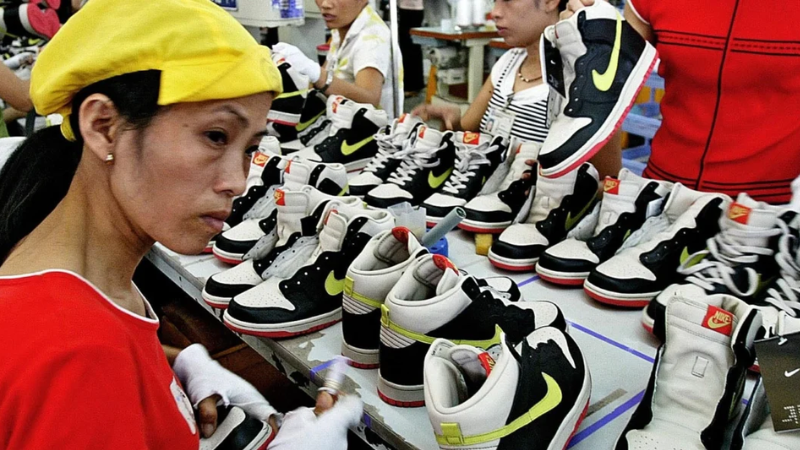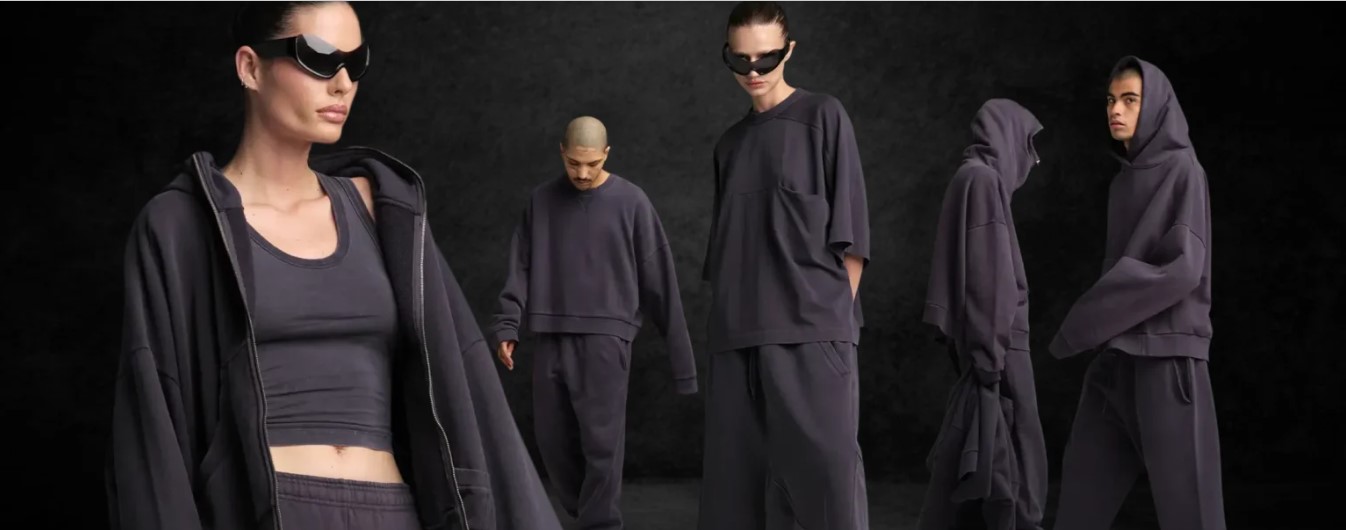Selecting an appropriate printing technique for your clothing line is essential if you are a manufacturer or clothing business. The concept you have in mind, whether it is for an embroidered version or a screen-printed design, appears different when it is displayed compared to actual manufacturing. It can be difficult to decide which approach is ideal in the end due to the market’s enormous demand and popularity. Additionally, this guide provides you with all the information you need to make wise judgments regarding custom garment printing for your business.
Embroidery
Using embroidery, one may create incredibly complex designs. They frequently have a three-dimensional appearance and contrast sharply with the clothing. One of the best things about this approach is that it doesn’t restrict what can be embroidered. It can be applied to bags, caps, blouses, and other clothing items. Embroidery’s drawback is that it works best in smaller areas. If you want a huge portion of a shirt to be covered with your logo, this is not the best choice.
Screen Printing
Sharp, crisp lines can be left behind by screen printing. For companies that need to display their logo on a large surface, it works perfectly. This method works great for covering big spaces. Screen printing allows us the possibility of covering the shirt’s front and back. This will prove to be the most efficient method if you need to print a lot of documents. Screen printing might cause the pictures printed on the shirt to break. Usually, with practice and time, this happens.
Factors to Consider When Choosing Between Screen Printing and Embroidery Printing
Even with all of the information provided, we realize that choosing the optimal course of action is still not easy. Hence, whether selecting sublimation, heat, or screen printing for clothing, there are a few important considerations to make. Based on computations from these components, you can always assess your facts and figures. Let’s get started.
Fabric Kind
Not all textiles are suitable for screen printing or embroidery production, nor are all fabrics ideal for printing. You must thus make a similar decision. The perfect printer is embroidery printing if you enjoy a sophisticated aesthetic that feels and looks high-end. However, screen printing is the best choice if you want a casual style that can be worn on special occasions and if you plan to print over a T-shirt or sweatshirt. It provides a superior appearance and a wide variety of imaginative styles at a lower cost than embroidery.
The Specialty of your Apparel Brand
Your clothing line’s niche is important and can guide you in making critical choices, such as which design will fit a particular clothing niche better. A clothing line of T-shirts or hoodies with embroidered designs appears a little off-kilter, but making tailored uniforms or even hats is the ideal setting for embroidery.
Since light fabrics make up the majority of clothing niches, using custom screen printing or embroidery digitizing services over them is advised. Embroidery is generally employed on heavier textiles and is regarded as a labor-intensive craft. Lightweight fabrics such as nylon, cotton, rayon, and others work well with screen printing manufacturer designs. Screen printing is an effective printing method since it only uses ink, heat, and mesh—none of which harm the fabric.
Disparity in Costing
The expense of manufacturing screen printing and embroidery is one of the main worries. You may already be aware that anything that is specially made for you will cost you money. Therefore, it’s best to keep in mind that there are no less expensive options. You may notice some cost fluctuations. This variation will depend on the size of your design, the fabric quality, your specific requirements, and the color of your design.
One advantage of manufacturing custom embroidery is that there are no additional fees, regardless of the number of colors used. Colors nevertheless contribute significantly to color changes in screen printing. The number of stitches determines the embroidery rate. Large batch orders lower the cost of screen printing each product; therefore, large patterns are probably less expensive.
Variation in Durability
One important advantage of embroidery production is that, because the design is sewn onto the cloth, you are guaranteed a long-term guarantee that the logo or design will remain in place. It will therefore probably remain there for a longer time. Conversely, after a few washings, the screen-printed design may start to fade or fracture. If you are dissatisfied with the fabric, you will probably notice these changes sooner.
Final Words
Now you know the difference between screen printing and embroidery techniques. We understand how it feels to be uncertain about the printing option to select. If you still face the same dilemmas when it comes to selecting between custom screen printing and custom embroidered designs to start your apparel business, consider Tack Apparel. As one of the top custom clothing manufacturers, we must examine and weigh your choices to find a solution.



